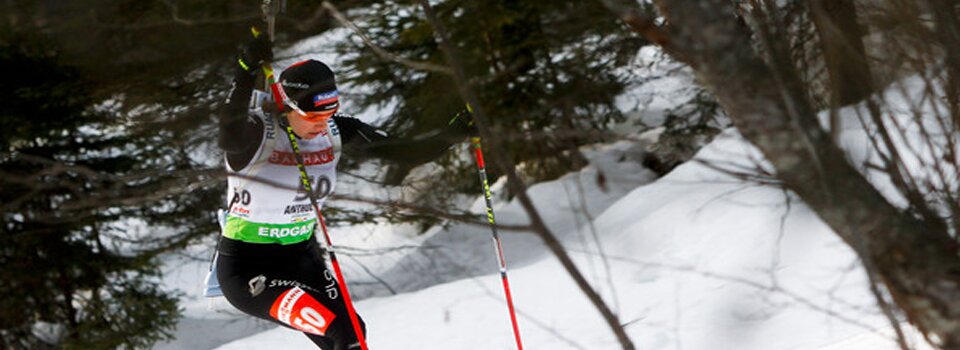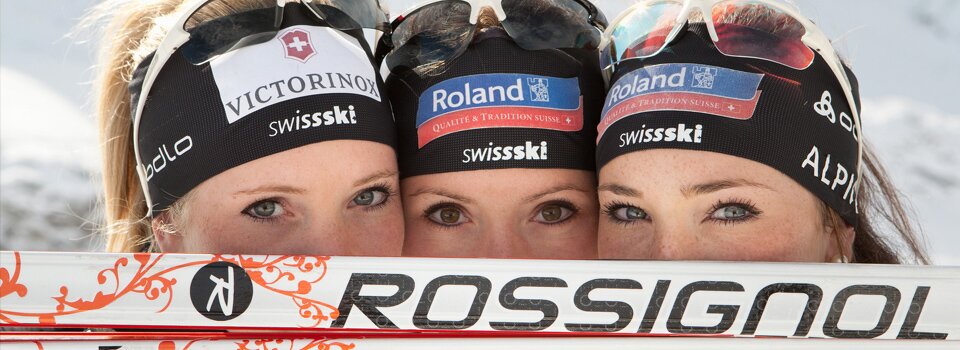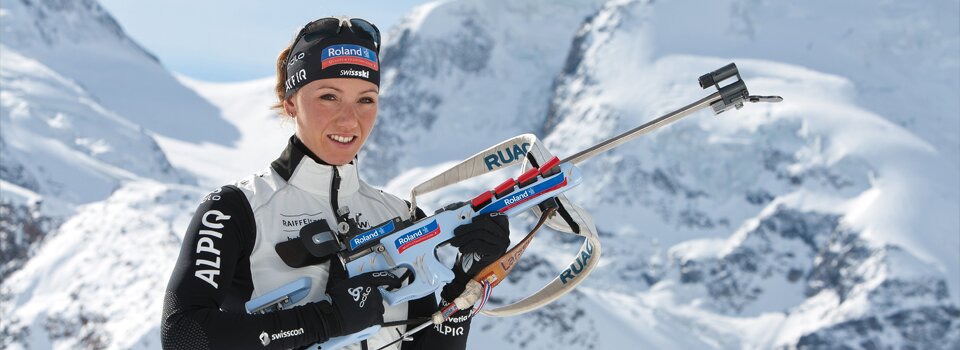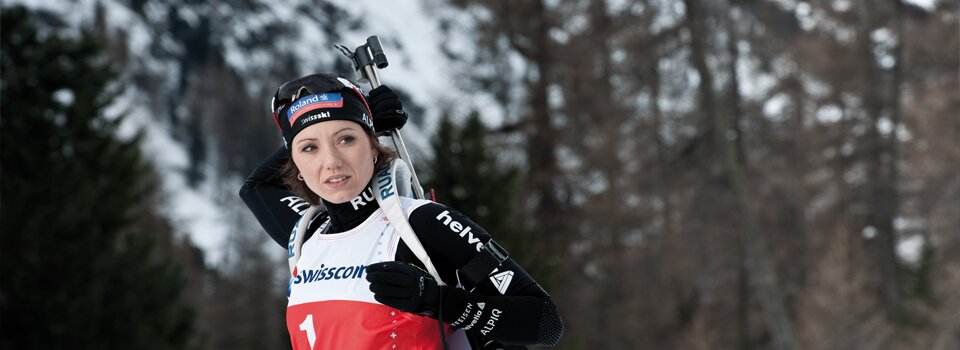Rocker-Camber Mixes: Stability vs. Float Trade-Offs
When you’re looking at rocker-camber mixes, you’re balancing stability with float, both crucial for handling different snow conditions. If you want reliable edge control but also love smooth turns in powder, you’ll find this blending of profiles offers unique advantages—and a few compromises. But how do you know where to draw the line between solid grip and playful flexibility? Understanding this trade-off can shape your entire experience on the mountain.
Understanding Rocker and Camber Profiles
Understanding the differences between rocker and camber profiles on a snowboard is important for selecting the right board for your needs.
A rocker profile features a lifted, convex shape with contact points set back from the center of the board. This design facilitates smoother turn initiation and enhances performance in powder by allowing the board to float more easily.
In contrast, a camber profile has a concave arc that maximizes edge control, grip, and stability at higher speeds. This makes camber boards suitable for riders who prioritize precision and responsiveness.
Hybrid profiles combine elements of both rocker and camber, allowing for a more tailored approach to different riding styles and preferences.
This blend recognizes that the effectiveness of a particular profile can vary depending on the terrain as well as the rider's goals.
Understanding the functional differences among rocker, camber, and hybrid profiles enables snowboarders to make informed decisions regarding their equipment based on their specific riding conditions and personal preferences.
Key Performance Differences Between Stability and Float
Rocker-camber profiles are designed to offer a balance between edge control and powder performance.
The camber section underfoot provides stability, which translates to enhanced grip and precise edge control, particularly beneficial when making turns on firm snow. Conversely, the rocker sections at the tip and tail serve to improve floatation, allowing the board to stay above powder and minimizing the risk of nosedives.
This combination of features results in a more forgiving ride, as it reduces instances of catching edges. Consequently, rocker-camber boards are often preferred by all-mountain riders who seek both maneuverability in powder conditions and reliable footing on harder surfaces.
Advantages of Rocker-Camber Mixes in Varied Terrain
Rocker-camber mixes have become increasingly popular among snowboarders due to their versatility in various terrain and snow conditions. These hybrid profiles combine traditional camber underfoot, which offers stability and improved edge control, with rocker at the tips that enhances floatation in powder and facilitates easier turn initiation.
When riding on hardpack, the camber provides secure grip, allowing for precise maneuvering. Conversely, when the snow softens, the rocker design contributes to a more playful and responsive feel, making it easier to navigate changing conditions. This adaptability is particularly beneficial for riders who encounter a variety of terrain throughout the day.
Moreover, rocker-camber mixes typically offer good pop for tricks and provide forgiving landings, making them suitable for both park riding and groomed runs. As a result, a significant portion of snowboarders—over 87%—opt for these hybrid profiles, highlighting their effectiveness for all-mountain riding.
Choosing the Right Profile for Your Riding Style
When selecting a snowboard profile, it's important to align your choice with your specific riding style and the types of terrain you prefer. Different profiles offer distinct advantages depending on these factors.
For riders seeking versatility, hybrid camber profiles such as Rocker/Camber/Rocker provide a balance of stability and float, making them suitable for a variety of conditions including both groomed runs and powder. This aspect allows for a more broad exploration of different terrains without compromising performance.
If edge control and grip on hard snow are priorities, Camber/Rocker/Camber profiles can deliver enhanced performance in those conditions. These shapes are designed to maintain contact with the snow, facilitating precision and pop, which can be advantageous for more aggressive riding styles.
Beginners may benefit from Flat-to-Rocker profiles, which are characterized by their ease of turn initiation and stability. These qualities can help new riders build confidence and improve their skills in a safer manner, as they typically provide a more forgiving experience on the slopes.
For advanced riders, it's possible to fine-tune performance by utilizing various rocker-camber combinations. This allows for enhanced maneuverability, improved float in deeper snow, and excellent edge hold on more challenging terrains, catering to a wider range of riding conditions.
Impact of Snowboard Flex on Stability and Float
The flex of a snowboard plays a significant role in its performance, particularly in terms of stability and float. Rigid snowboard flex, commonly associated with traditional camber profiles, offers enhanced edge control and stability at high speeds. This is due to the increased rigidity, which allows for better responsiveness and precision when carving on hardpack surfaces.
Conversely, a softer flex is beneficial for riders looking for easier turn initiation and improved performance in soft snow conditions. A softer board flex enables the nose of the snowboard to remain elevated in deeper snow, enhancing floatation and providing a more forgiving ride.
Hybrid camber profiles integrate both camber and rocker elements, often featuring a medium flex. This design aims to strike a balance, offering satisfactory stability on firmer snow while also providing the necessary float in powder conditions.
The flexibility of the snowboard can therefore impact a rider's overall experience by influencing both handling characteristics and performance in various snow types. Choosing the appropriate snowboard flex is crucial for aligning the board's performance with the rider's specific needs and riding style.
An understanding of how flex affects stability and float can aid snowboarders in making informed decisions regarding equipment.
Profiles Comparison by Skill Level and Riding Preference
Choosing the appropriate snowboard profile is essential for enhancing performance and enjoyment on the mountain, irrespective of an individual's experience level.
Beginners often find that flat profiles and hybrid rocker setups improve stability and facilitate easier turn initiation, which minimizes the risk of catching an edge. As riders gain more experience, hybrid cambered skis present a reliable combination of edge hold, pop, and powder floatation, which can increase confidence on various terrains.
Freestyle riders typically prefer fully rockered skis due to their agility and ability to maneuver easily in the terrain park. Conversely, those who frequently seek out powder conditions benefit from rockered designs that provide superior flotation in deep snow.
Overall, the trend among contemporary snowboarders tends toward hybrid rocker combinations, as they support versatile all-mountain performance, catering to a wide range of riding styles and preferences.
This analysis underscores the importance of understanding how different snowboard profiles can meet the specific needs of riders based on their skill level and intended use, rather than relying on subjective opinions or trends.
Conclusion
When you’re deciding between stability and float, rocker-camber mixes offer the best of both worlds. You’ll enjoy stable, precise turns on hardpack and playful, forgiving float in powder. By choosing the right profile and flex to match your riding style, you’re set for all-mountain versatility. Whether you’re a beginner learning the ropes or an experienced rider tackling varied terrain, this balanced design empowers you to ride with confidence in any condition.







